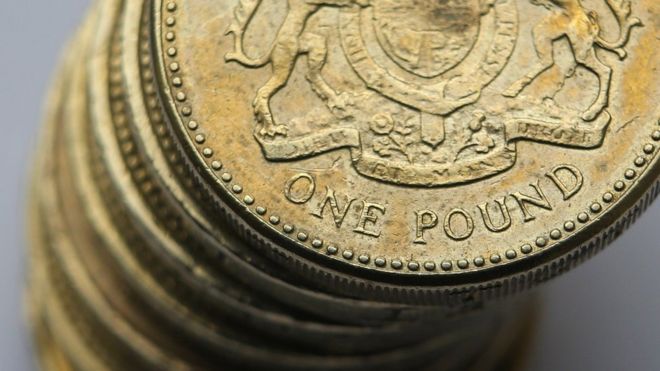The US dollar showed some mixed dynamics in Thursday’s European session. It’s made gains against the Swiss franc, Canadian dollar, and British pound while losing ground against the Kiwi and Aussie dollars as well as the Japanese yen.
The euro is trading slightly up against the greenback. When trading opened in Europe, buyers erased the gains they’d made in the Asian session. The price dropped from 1.1880 to 1.1851. This drop was restricted by a sharp surge on the euro/pound cross, which occurred as a result of reports that Brexit talks had reached an impasse. Newsfeeds across the world quoted the EU’s chief negotiator, Michel Barnier.

The pound reacted strongly to the report, shedding 127 pips (-0.97%) from the Asian high of 1.3266 to hit 1.3137. The euro/pound cross’s drop could extend as far as 1.3118 (61.8% of the growth from 1.3027 to 1.3266).
Euro bulls tried to take advantage of the growth on the euro/pound cross and positive European data to push back up to the Asian high of 1.1880, but this effort failed. When there’s a correction taking place on a pair, it usually neutralizes any attempt at an assault.
Market participants are awaiting the publication of data in the US. In addition, Andy Haldane, a member of the BoE’s MPC, is set to speak, as are a couple of members of the FOMC and the ECB’s Mario Draghi.
After the euro/dollar pair consolidates at 1.1855, I expect the rate to drop to 1.1824.












Leave A Comment